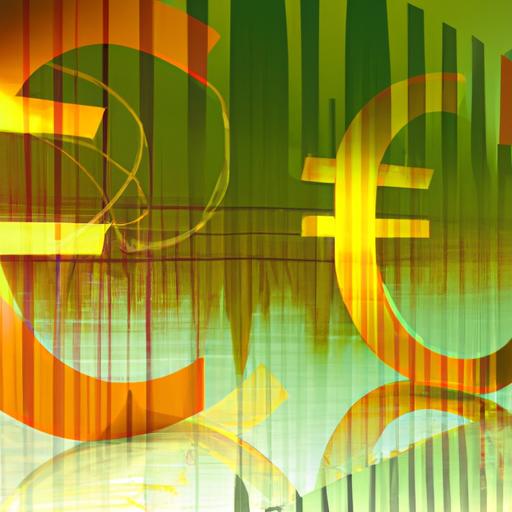In a recent twist of events, European Central Bank (ECB) policymakers found themselves at a crossroads during their June meeting, as doubts arose about the necessity of implementing a rate cut. The decision-making process behind this pivotal moment sheds light on the complexities and uncertainties that often accompany monetary policy discussions at the highest levels. Let us delve into the intriguing details of this intriguing development.
ECB Policymakers’ Skepticism on June Rate Cut Decision
Some ECB policymakers expressed concerns and doubts about the decision to cut rates in June. Despite the majority’s decision to lower rates, a number of policymakers were skeptical about the potential impact of the move on the economy. They questioned whether a rate cut at this time was the right decision and whether it would have the desired effect on inflation and economic growth.
It was clear that there were differing opinions within the ECB Governing Council on the rate cut decision. Some policymakers were worried that further rate cuts could have negative consequences, such as reducing the profits of banks and hurting savers. Others were concerned that lowering rates might not be enough to stimulate economic activity and that other measures might be needed. Overall, the skepticism among some policymakers highlighted the challenges facing the ECB in navigating the complex economic environment.

Factors Affecting ECB’s Decision-making Process
In the latest ECB meeting, policymakers expressed doubts about the efficacy of a rate cut in June. Despite some members advocating for a reduction in interest rates to stimulate the economy, others were concerned about the potential negative impact on bank profitability. This internal debate reflects the complex factors that influence the ECB’s decision-making process.
- Global economic uncertainty
- Eurozone inflation rates
- Brexit negotiations
Additionally, external pressures from global trade tensions and geopolitical risks were also cited as reasons for caution. The delicate balancing act between supporting economic growth and maintaining financial stability is a constant challenge for the ECB policymakers.

Implications of ECB Policymakers’ Doubts
Despite the European Central Bank’s decision to cut interest rates in June, it has recently surfaced that some policymakers had doubts about the move. This revelation has sparked speculation and raised questions about the internal dynamics within the ECB.
One of the key is the potential lack of consensus within the governing council. This lack of unity could undermine the effectiveness of the rate cut and lead to confusion among market participants. Moreover, it may signal broader concerns about the direction of ECB policy and the economic outlook for the Eurozone.

Recommendations for Improving Communication Among ECB Members
One way to enhance communication among the members of the European Central Bank (ECB) is to establish regular town hall meetings where policymakers can openly discuss their perspectives and concerns. These meetings would allow for more transparency and collaboration, fostering a stronger sense of unity within the ECB. Additionally, creating smaller working groups focused on specific topics, such as interest rates or economic forecasts, could provide a platform for in-depth discussions and the sharing of diverse viewpoints.
Another recommendation is to implement a mentorship program within the ECB, where senior members can guide and support newer policymakers in navigating the complexities of central banking. This mentorship structure would facilitate knowledge sharing and help build relationships across different levels of experience. By encouraging mentorship and collaboration, the ECB can foster a more cohesive and communicative environment among its members.
In Summary
In conclusion, the doubts expressed by ECB policymakers regarding the decision to cut rates in June highlight the complexities and uncertainties involved in navigating the economic landscape. While the ultimate outcome remains to be seen, it is clear that thoughtful consideration and deliberation are integral to the decision-making process. As the world continues to face challenges and changes, it will be crucial for policymakers to remain vigilant and adaptive in their approach. Only time will tell how their choices will shape the future of the economy.


